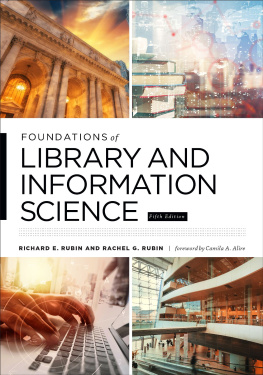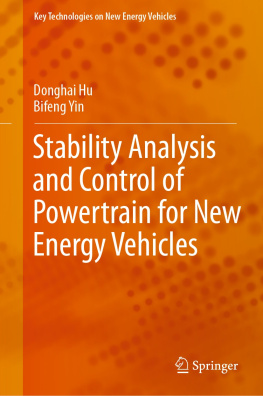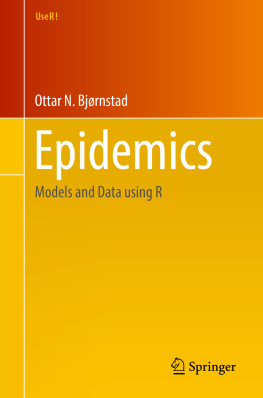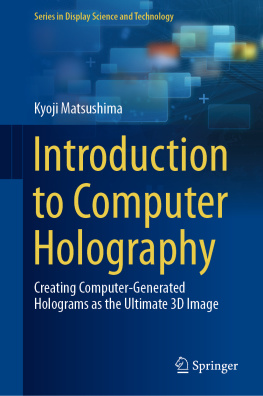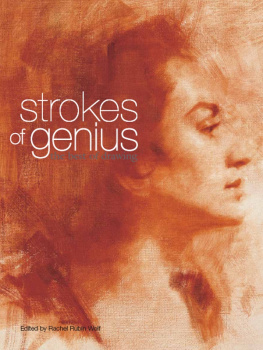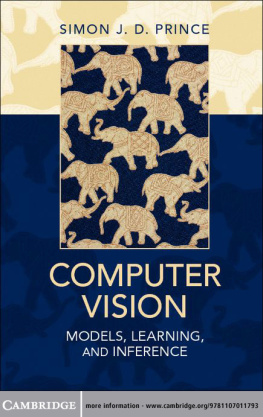Olis Rubin - Computer Models of Process Dynamics : From Newton to Energy Fields
Here you can read online Olis Rubin - Computer Models of Process Dynamics : From Newton to Energy Fields full text of the book (entire story) in english for free. Download pdf and epub, get meaning, cover and reviews about this ebook. year: 2022, genre: Computer. Description of the work, (preface) as well as reviews are available. Best literature library LitArk.com created for fans of good reading and offers a wide selection of genres:
Romance novel
Science fiction
Adventure
Detective
Science
History
Home and family
Prose
Art
Politics
Computer
Non-fiction
Religion
Business
Children
Humor
Choose a favorite category and find really read worthwhile books. Enjoy immersion in the world of imagination, feel the emotions of the characters or learn something new for yourself, make an fascinating discovery.

- Book:Computer Models of Process Dynamics : From Newton to Energy Fields
- Author:
- Genre:
- Year:2022
- Rating:5 / 5
- Favourites:Add to favourites
- Your mark:
- 100
- 1
- 2
- 3
- 4
- 5
Computer Models of Process Dynamics : From Newton to Energy Fields: summary, description and annotation
We offer to read an annotation, description, summary or preface (depends on what the author of the book "Computer Models of Process Dynamics : From Newton to Energy Fields" wrote himself). If you haven't found the necessary information about the book — write in the comments, we will try to find it.
Olis Rubin: author's other books
Who wrote Computer Models of Process Dynamics : From Newton to Energy Fields? Find out the surname, the name of the author of the book and a list of all author's works by series.
Computer Models of Process Dynamics : From Newton to Energy Fields — read online for free the complete book (whole text) full work
Below is the text of the book, divided by pages. System saving the place of the last page read, allows you to conveniently read the book "Computer Models of Process Dynamics : From Newton to Energy Fields" online for free, without having to search again every time where you left off. Put a bookmark, and you can go to the page where you finished reading at any time.
Font size:
Interval:
Bookmark:
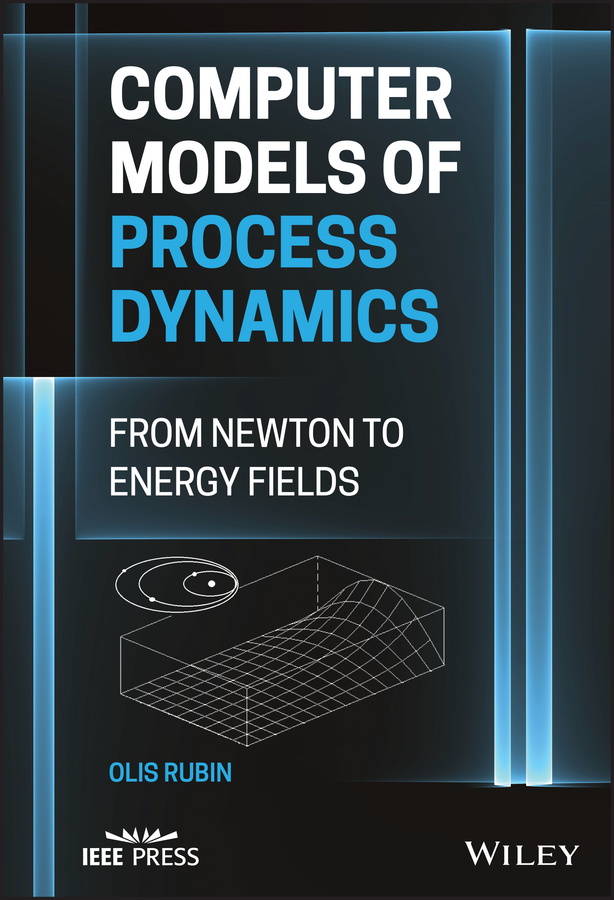
- Chapter 9
- Chapter 2
- Chapter 4
- Chapter 5
- Chapter 6
- Chapter 7
- Chapter 8
- Chapter 9
- Chapter 10
- Appendix A
- Appendix D
IEEE Press
445 Hoes Lane
Piscataway, NJ 08854
IEEE Press Editorial Board
Sarah Spurgeon, Editor in Chief
| Jn Atli Benediktsson | Andreas Molisch | Diomidis Spinellis |
| Anjan Bose | Saeid Nahavandi | Ahmet Murat Tekalp |
| Adam Drobot | Jeffrey Reed | |
| Peter (Yong) Lian | Thomas Robertazzi |
Olis Rubin
Brooklyn, Pretoria, South Africa


Copyright 2023 by The Institute of Electrical and Electronics Engineers, Inc. All rights reserved.
Published by John Wiley & Sons, Inc., Hoboken, New Jersey.
Published simultaneously in Canada.
No part of this publication may be reproduced, stored in a retrieval system, or transmitted in any form or by any means, electronic, mechanical, photocopying, recording, scanning, or otherwise, except as permitted under Section 107 or 108 of the 1976 United States Copyright Act, without either the prior written permission of the Publisher, or authorization through payment of the appropriate per-copy fee to the Copyright Clearance Center, Inc., 222 Rosewood Drive, Danvers, MA 01923, (978) 750-8400, fax (978) 750-4470, or on the web at www.copyright.com. Requests to the Publisher for permission should be addressed to the Permissions Department, John Wiley & Sons, Inc., 111 River Street, Hoboken, NJ 07030, (201) 748-6011, fax (201) 748-6008, or online at http://www.wiley.com/go/permission.
Limit of Liability/Disclaimer of Warranty: While the publisher and author have used their best efforts in preparing this book, they make no representations or warranties with respect to the accuracy or completeness of the contents of this book and specifically disclaim any implied warranties of merchantability or fitness for a particular purpose. No warranty may be created or extended by sales representatives or written sales materials. The advice and strategies contained herein may not be suitable for your situation. You should consult with a professional where appropriate. Neither the publisher nor author shall be liable for any loss of profit or any other commercial damages, including but not limited to special, incidental, consequential, or other damages.
For general information on our other products and services or for technical support, please contact our Customer Care Department within the United States at (800) 7622974, outside the United States at (317) 5723993 or fax (317) 5724002. Wiley also publishes its books in a variety of electronic formats. Some content that appears in print may not be available in electronic formats. For more information about Wiley products, visit our web site at www.wiley.com.
Library of Congress CataloginginPublication Data Applied for
ISBN: 9781119885658 [Hardback]
Cover Design: Wiley
Cover Images: zhengshun tang/Getty Images; Courtesy of Olis Rubin
To Judy
She brought beauty, goodness and love in my life.
We give thanks for all the blessings that we have received, together with our children
It is unworthy for excellent men to lose hours like slaves in the labor of calculation which could safely be relegated to anyone else if machines were used
Gottfried Wilhelm Leibniz (1685)
My first job was with a large electrical engineering enterprise where I had been moved to a division that designed and installed heavy duty motor drives. Our division had just acquired an analog computer that was barely large enough to simulate these machines. I was lucky to be chosen to work with my friend Gopal to see what we could achieve with this newfangled contraption. Our first project was to investigate the performance of a WardLeonard (generatormotor) set that drove a huge mining machine. The computer gave us a new window to the world, through which we could see what was happening inside the motor. All that we had learned as undergraduates now fell into place. Our basic training had considered the steady state operation of electric motors, while the lectures on dynamic behavior were entirely mathematical. We could now construct a computer model that allowed us to see the hardware, the differential equations, and the transient behavior of shafts and other variables. This is what a computer model can do for us!
Leibniz would have been elated if he could have foreseen how far machines could take us, beyond just saving us laborious calculations. Digital computers now provide us with platforms that make the physical modeling process almost effortless, leaving us free to think about more important questions. This book is written to show how a computer can be programmed to simulate motion in general. We will not include the growing market for new user interfaces, such as virtual reality or networking. These fields should be left to the expert attention of specialists.
In addition to setting the wheels in motion along a path that led to the computers of today, Leibniz was also the cofounder of differential calculus. The creation of a dynamic model is deeply rooted in mathematical analysis. We will sacrifice theoretical rigor in order to simplify the mathematics in a way that is intelligible to the working engineer and computer professional. Wherever possible we will explain mathematical operations by means of computer programs that approximate their behavior.
Thanks go to the many reviewers whose suggestions helped to bring this book into its present form. I hope that it will give readers the benefit of experience that was gained by working with many colleagues on diverse projects. Thanks to Philip de Vaal, whose enthusiastic support strengthened me to persevere in the face of setbacks, and to Becker van Niekerk, whose industry constantly invigorated me to complete this project. This is the second time that Aileen Storry has helped me bring a book to see the light of day. Thanks to the professionalism of the Wiley team, led by Kimberly, Mustaq and Patricia, that managed the publication process.
I must thank my dearest wife for her constant, unstinting support. Not only is her spelling better than mine, but she has a way of provoking me to write more lucidly for you, the reader. May it thus give you food for thought, and better equip you for the future!
Introduction
Computer models are used throughout every phase of industrial research, design, and development. Simulation studies can play a large part in the concept phase of an engineering project since computer models can usually be created in less time and cost less than hardware prototypes. The very creation of such models forces everyone to delve deeper into the underlying physics of the plant. This can give valuable insight into plant operation that can aid the plant designers. If such simulators are developed before the plant is built, they can be used to evaluate the design before expensive decisions are made, and thereby help to avoid costly mistakes. In the later stages of a development program, we can greatly reduce the time and cost of commissioning and qualification by using simulator studies to reduce the scale of hardware testing. The model can also be used to determine safety limits and emergency procedures by simulating tests that would be hazardous in the real plant. There is also a growing market for training simulators to ensure the competence of the operators who will run the plant. We can foresee that this will tie up with the creation of virtual reality and the computer game industry.
Next pageFont size:
Interval:
Bookmark:
Similar books «Computer Models of Process Dynamics : From Newton to Energy Fields»
Look at similar books to Computer Models of Process Dynamics : From Newton to Energy Fields. We have selected literature similar in name and meaning in the hope of providing readers with more options to find new, interesting, not yet read works.
Discussion, reviews of the book Computer Models of Process Dynamics : From Newton to Energy Fields and just readers' own opinions. Leave your comments, write what you think about the work, its meaning or the main characters. Specify what exactly you liked and what you didn't like, and why you think so.


